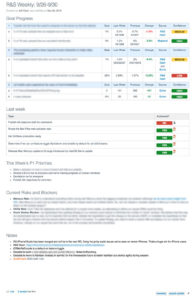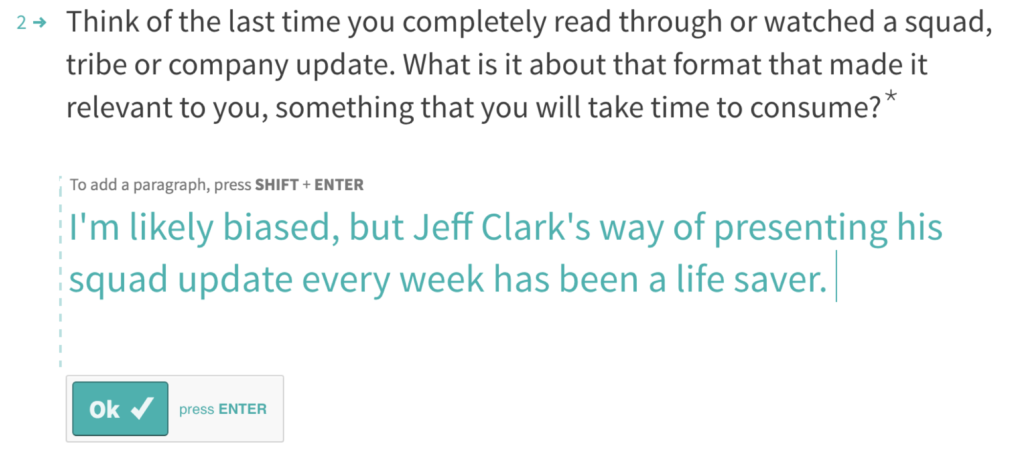Leaders are managers, whether or not they have direct-line responsibility for the people on their team. And part of being a great leader is understanding how to take advantage of the experience that the creative members of your team have.
But nothing kills a creative soul more than feeling micro-managed.
“Micro-management” is a phrase that get thrown around a lot – especially by younger, inexperienced teams.
The problem is: most of the time, the team isn’t being micro-managed. They’re just being managed… but don’t want to be.
There’s one, simple difference between being managed and being micro-managed:
- Management: identifying and assigning the problem. Someone assigns you a problem, a goal, and asks you to figure out how to get there. An example of management: “Increase SEO traffic 2% in 30 days”.
- Micro-Management: identifying and assigning the problem and the solution. Someone assigns you a problem, a goal, the solution, then tells you to do it. An example of micro-management: “Increase SEO traffic 2% in 30 days by building blue landing pages that match this mock-up for these 150 long-tail phrases.”
That’s literally the entire difference. If someone is assigning the problem and dictating the solution, that’s micro-management.
But before you send this article to your manager, consider your role on the team for this project: You may actually be in a tactical or execution role.
- On a marketing team, you’re a “specialist” or “assistant”. Your role is to execute the SEO strategy and tactics defined by management. You get to decide the most efficient way of doing it (Squarespace site, hand-built HTML, etc.), but you need to get these landing page designs up in 30 days.
- On a landscaping team, you’re the apprentice. Your role is to put the dirt over there, as prescribed by the site foreman. You get to decide the best way of doing it (truck, shovel, wheelbarrow), but you need to put that dirt over there before you leave today.
- On a development team, you’re a junior developer. Your role is to build this feature. You get to decide the best way of doing it (Rails, React, hand-built HTML), but you need to get this feature live in two weeks.
But even in those cases, you still have the flexibility to decide how to get the thing built. You’re not being micro-managed – it’s just that your scope on the team is different.
Having the problem identified and assigned to you is not micro-management. It’s how aligned, efficient teams work well.



